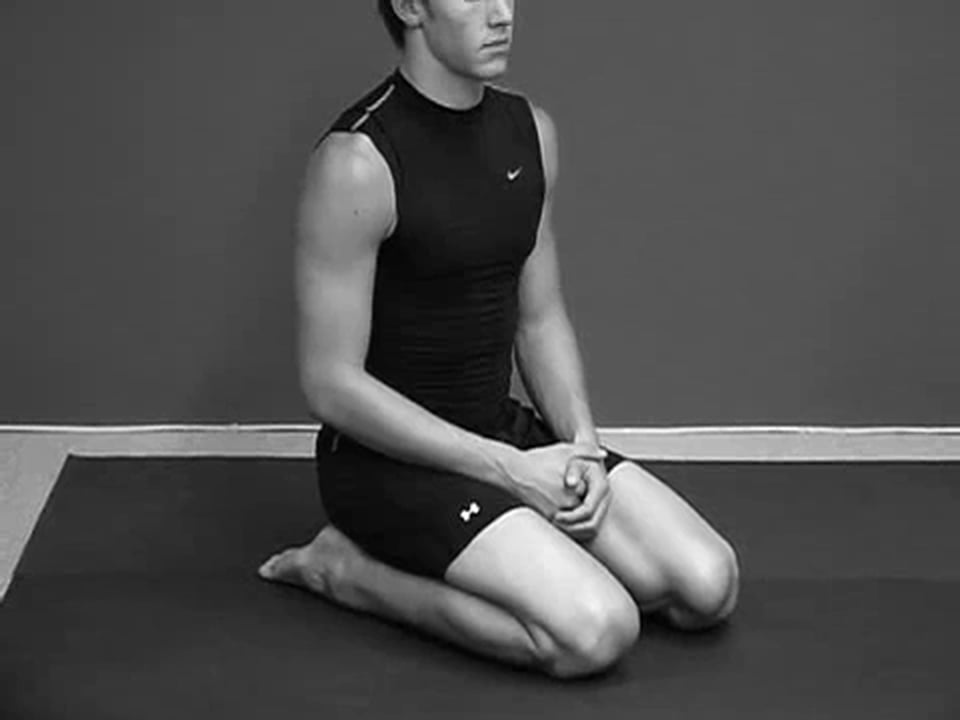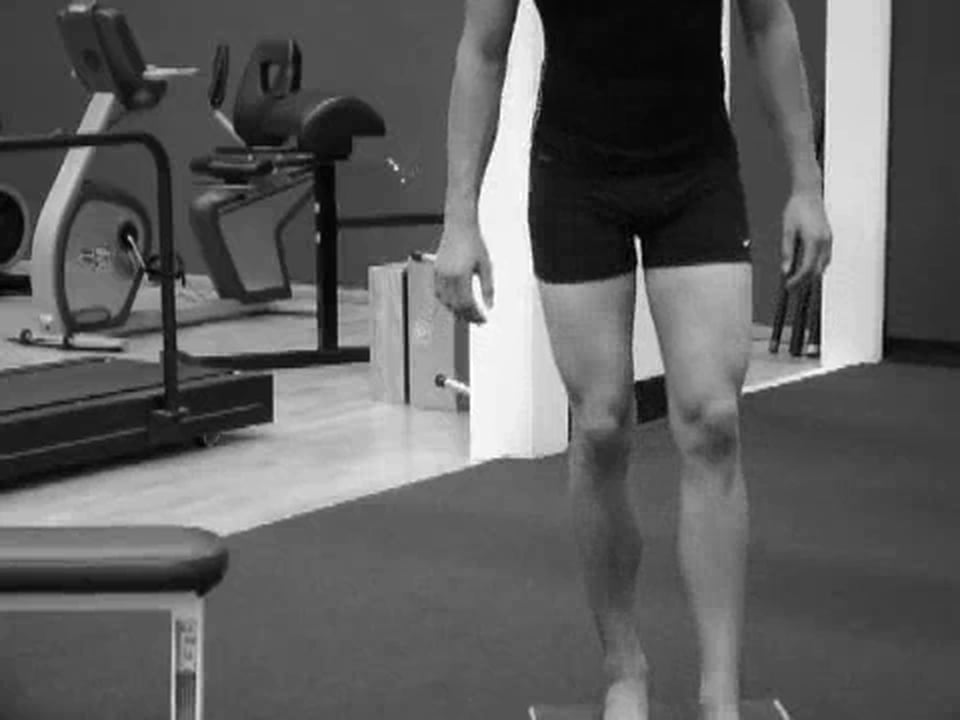Severs Disease
 Symptoms
Symptoms- Heel pain
- Usually occurs during the growth spurt of adolescence in ages of 8 and 13 for girls and 10 and 15 for boys
- Swelling and redness in the heel
- Difficulty walking
- Discomfort or stiffness in the feet upon awaking
- Discomfort when the heel is squeezed on both sides
- Unusual walk, such as walking with a limp or on tiptoes to avoid putting pressure on the heel
- Symptoms are worse during activity and gets better with rest
 Causes
Causes- Inflammation of the growth plate in the heel
- The heel bone sometimes grows faster than the leg muscles and tendons. This can cause the muscles and tendons to become very tight and overstretched, making the heel less flexible and putting pressure on the growth plate
- Tight Achilles tendon
 Treatment
Treatment- Period of immobilization
- ROM and stretching
- Foot intrinsic muscle strengthening
- Lower extremity strengthening
- Cryotherapy

- Step Overs
- Lunge Matrix
- Speed Skaters
- Single Leg Sit Up Squat
- 3-Dot Squat 2 Hands
- Single Leg Lateral Box Jump
- Single Leg Hop On Dina Disc
- Single Leg Tuck Jump





